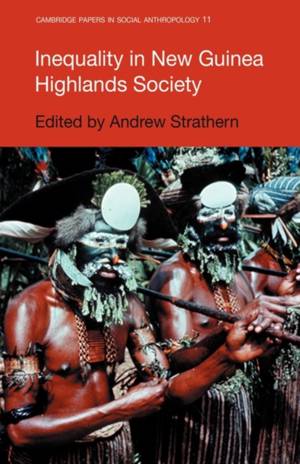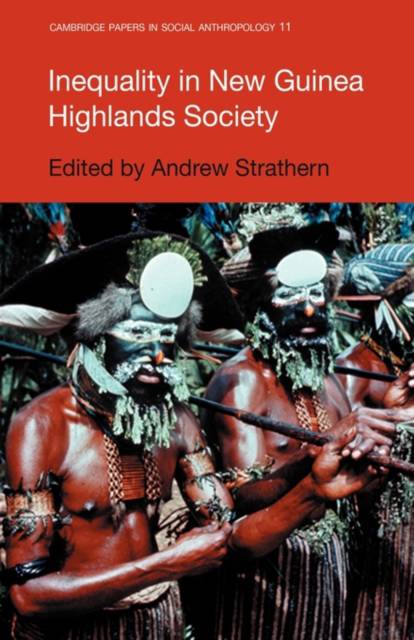
- Afhalen na 1 uur in een winkel met voorraad
- Gratis thuislevering in België vanaf € 30
- Ruim aanbod met 7 miljoen producten
- Afhalen na 1 uur in een winkel met voorraad
- Gratis thuislevering in België vanaf € 30
- Ruim aanbod met 7 miljoen producten
Zoeken
Omschrijving
Now reissued in paperback with a new preface. The Highlands societies of Papua New Guinea, which have been studied intensively by numerous anthropologists since the 1950s, have been widely described as egalitarian and as characterised by achieved leadership. The Melanesian 'big-man' system, in which men achieve social status largely by their manipulation of wealth in elaborate structures of ceremonial exchange, has become an established anthropological model. However research has suggested that this interpretation has underestimated the elements of structured inequality within these societies, and that the classic picture should be modified and supplemented. The five papers in this volume seek to illuminate patterns of inequality in Highlands societies, which revolve around the categories of elders/juniors, big-men/workers and men/women. In setting these into a context of long-term and recent social changes, they also aim to develop schemes of analysis which will permit discussion of the societies over extended periods of time.
Specificaties
Betrokkenen
- Auteur(s):
- Uitgeverij:
Inhoud
- Aantal bladzijden:
- 204
- Taal:
- Engels
- Reeks:
- Reeksnummer:
- nr. 11
Eigenschappen
- Productcode (EAN):
- 9780521107846
- Verschijningsdatum:
- 12/11/2009
- Uitvoering:
- Paperback
- Formaat:
- Trade paperback (VS)
- Afmetingen:
- 140 mm x 216 mm
- Gewicht:
- 263 g

Alleen bij Standaard Boekhandel
+ 121 punten op je klantenkaart van Standaard Boekhandel
Beoordelingen
We publiceren alleen reviews die voldoen aan de voorwaarden voor reviews. Bekijk onze voorwaarden voor reviews.











